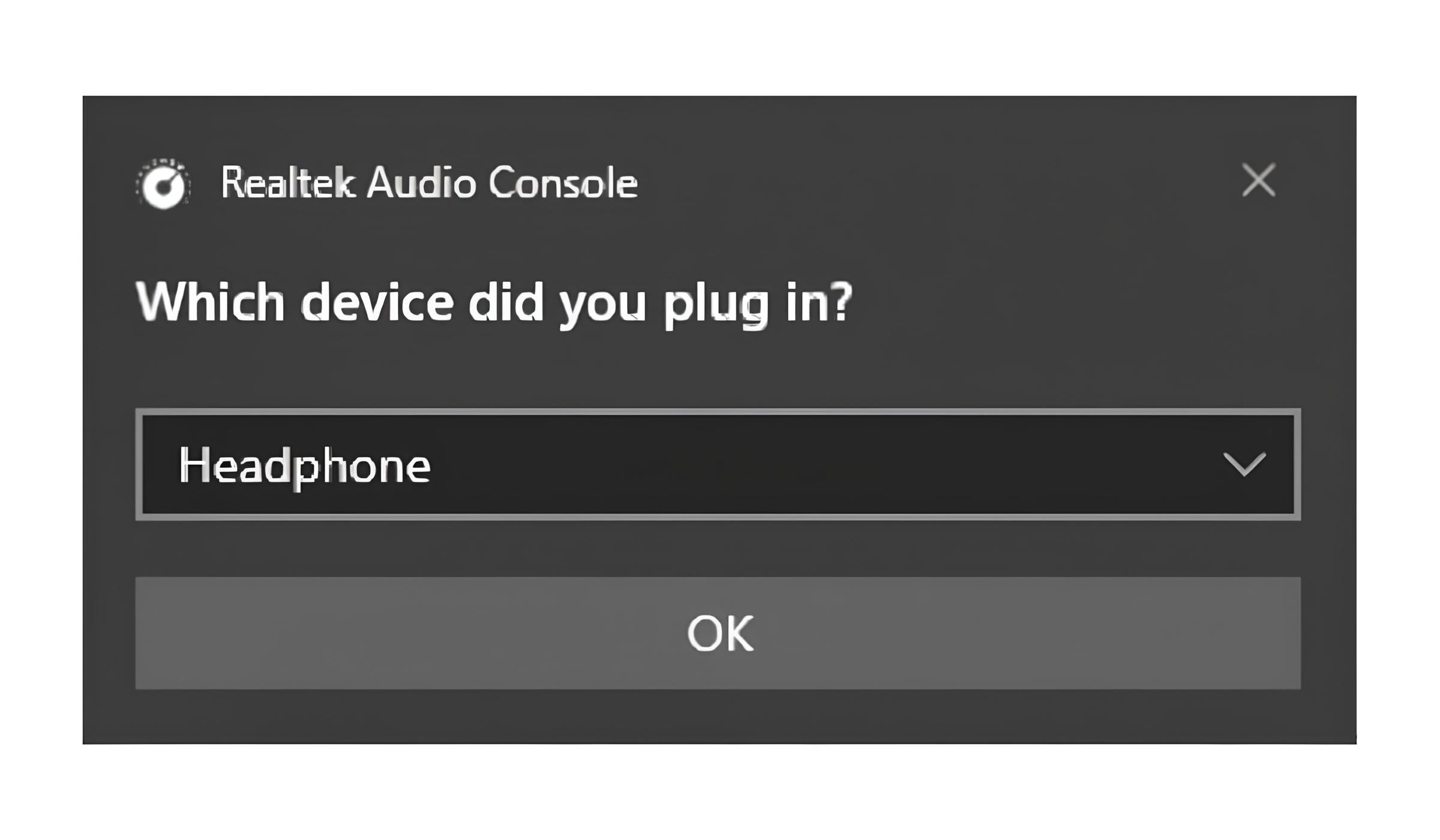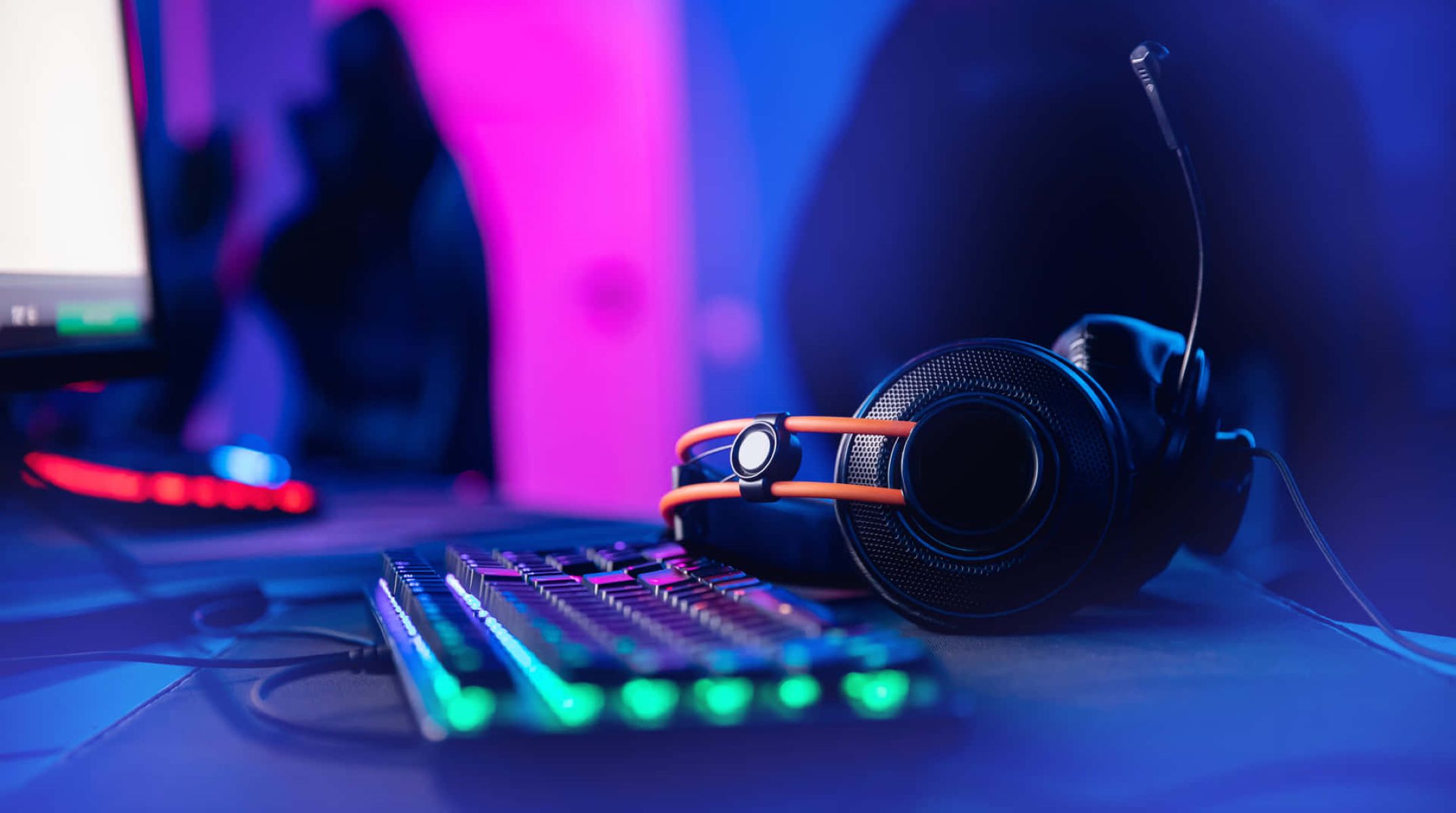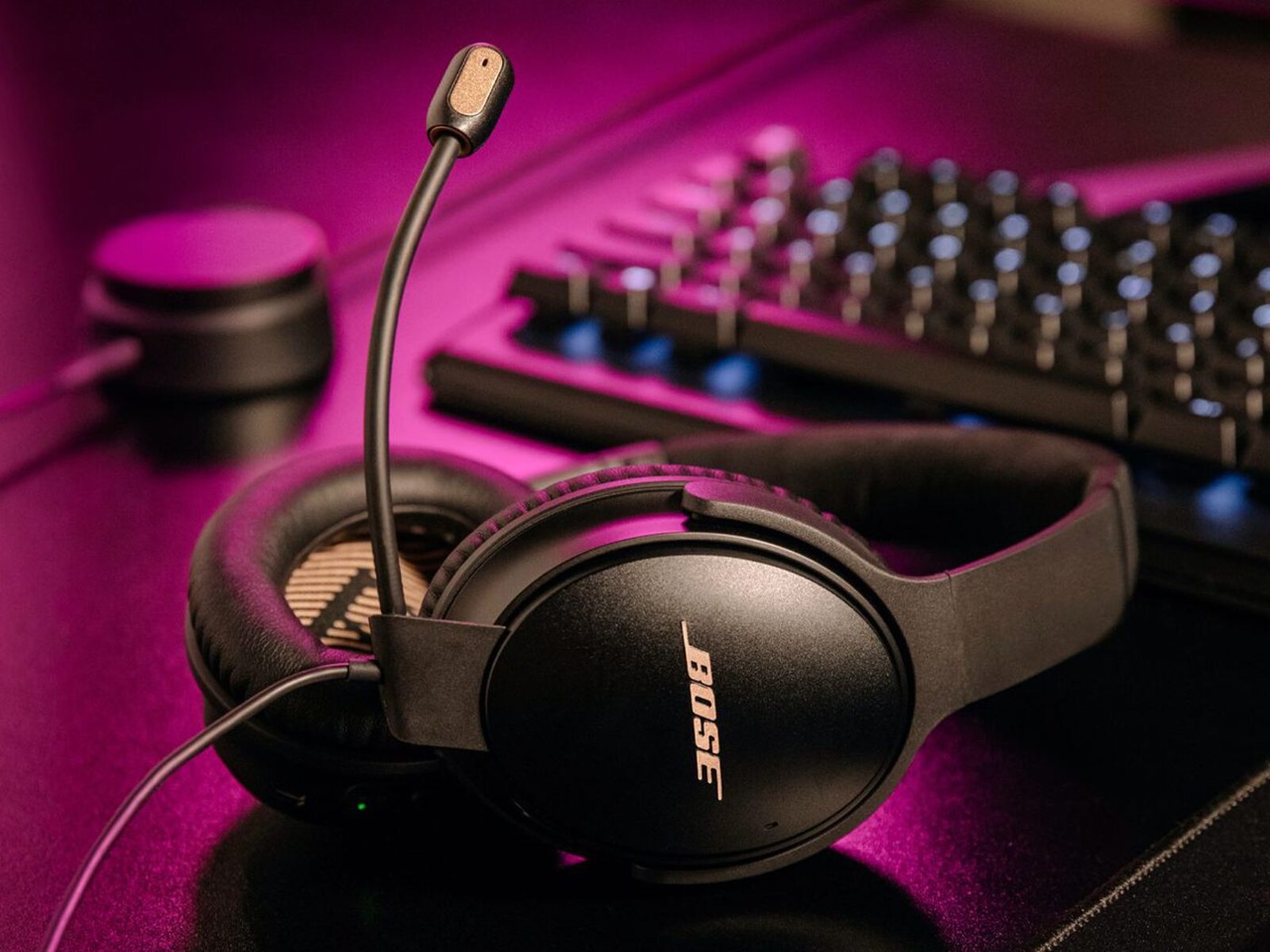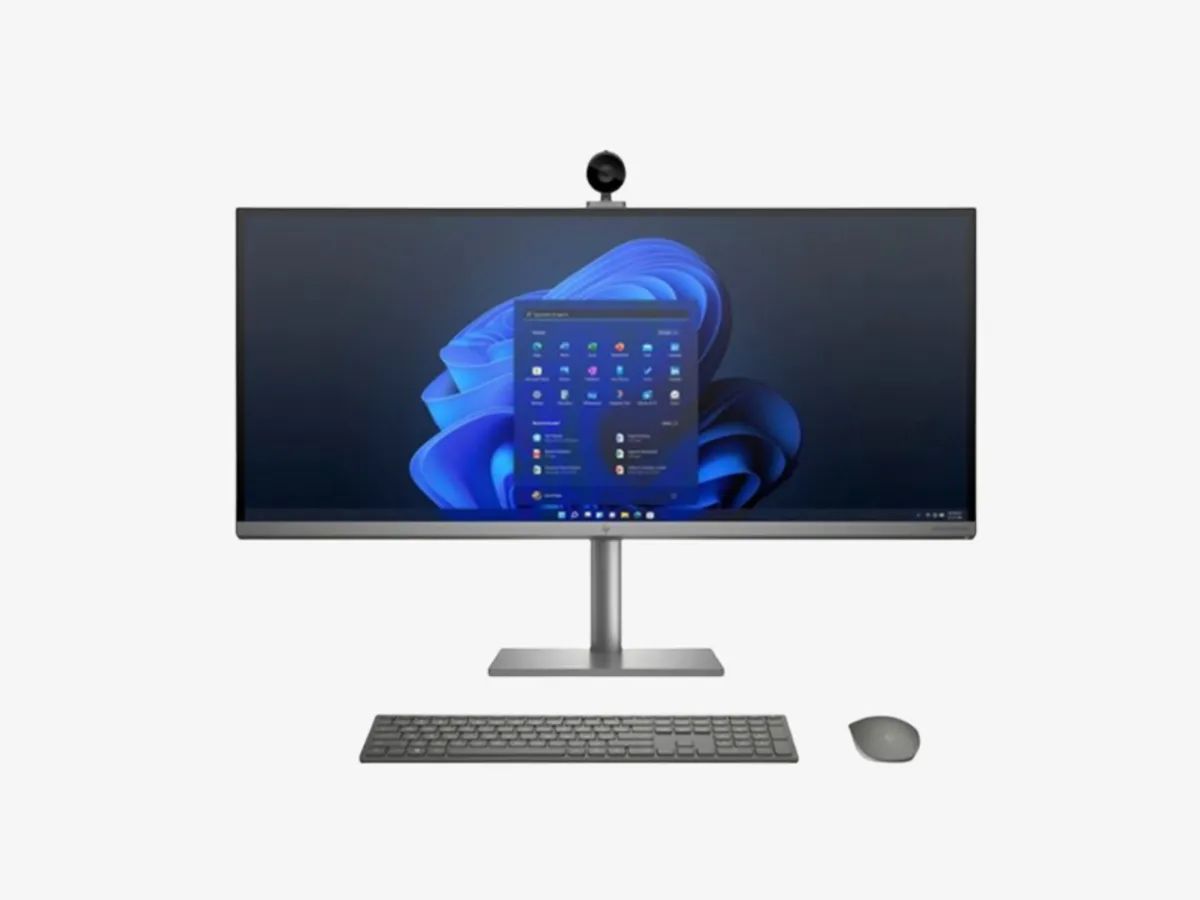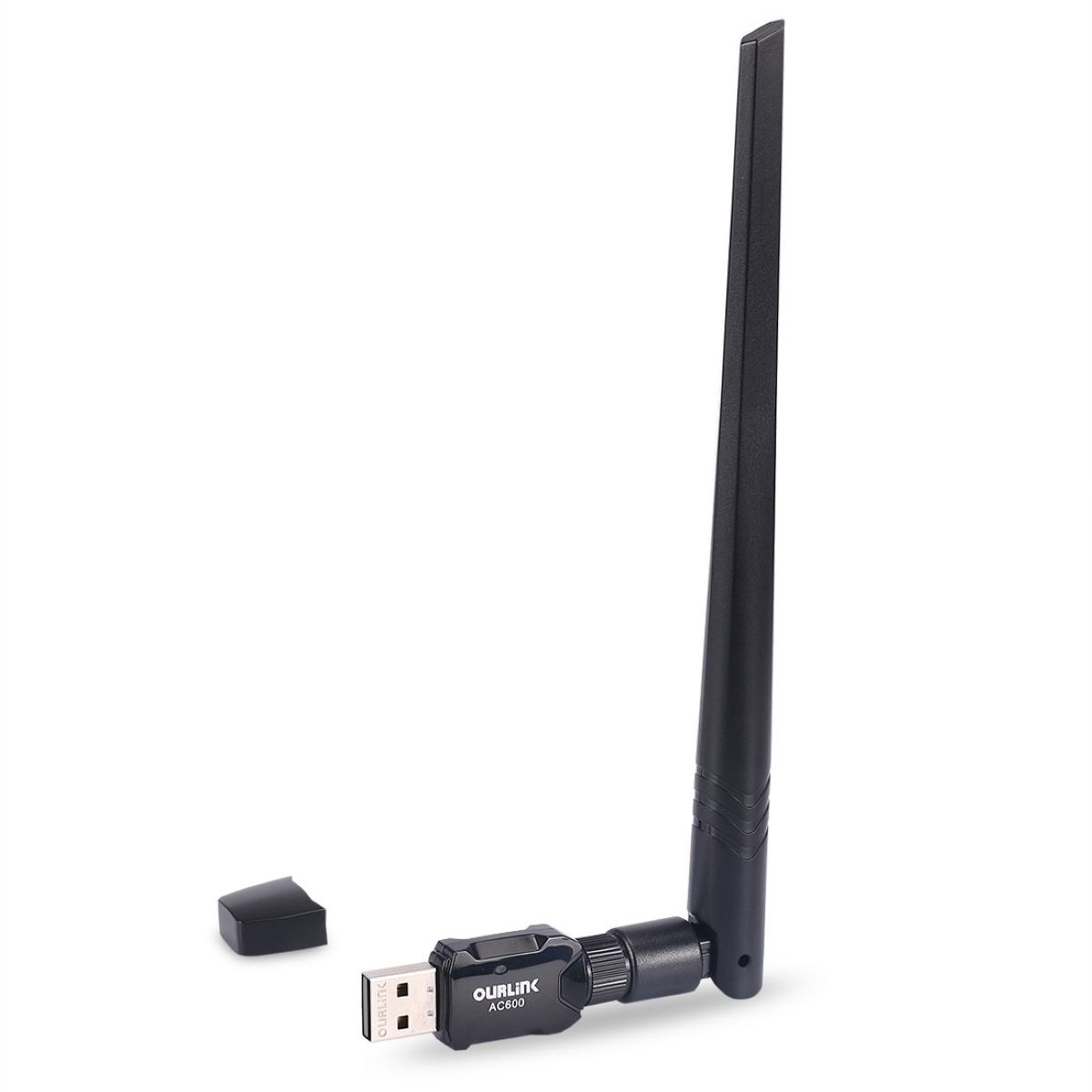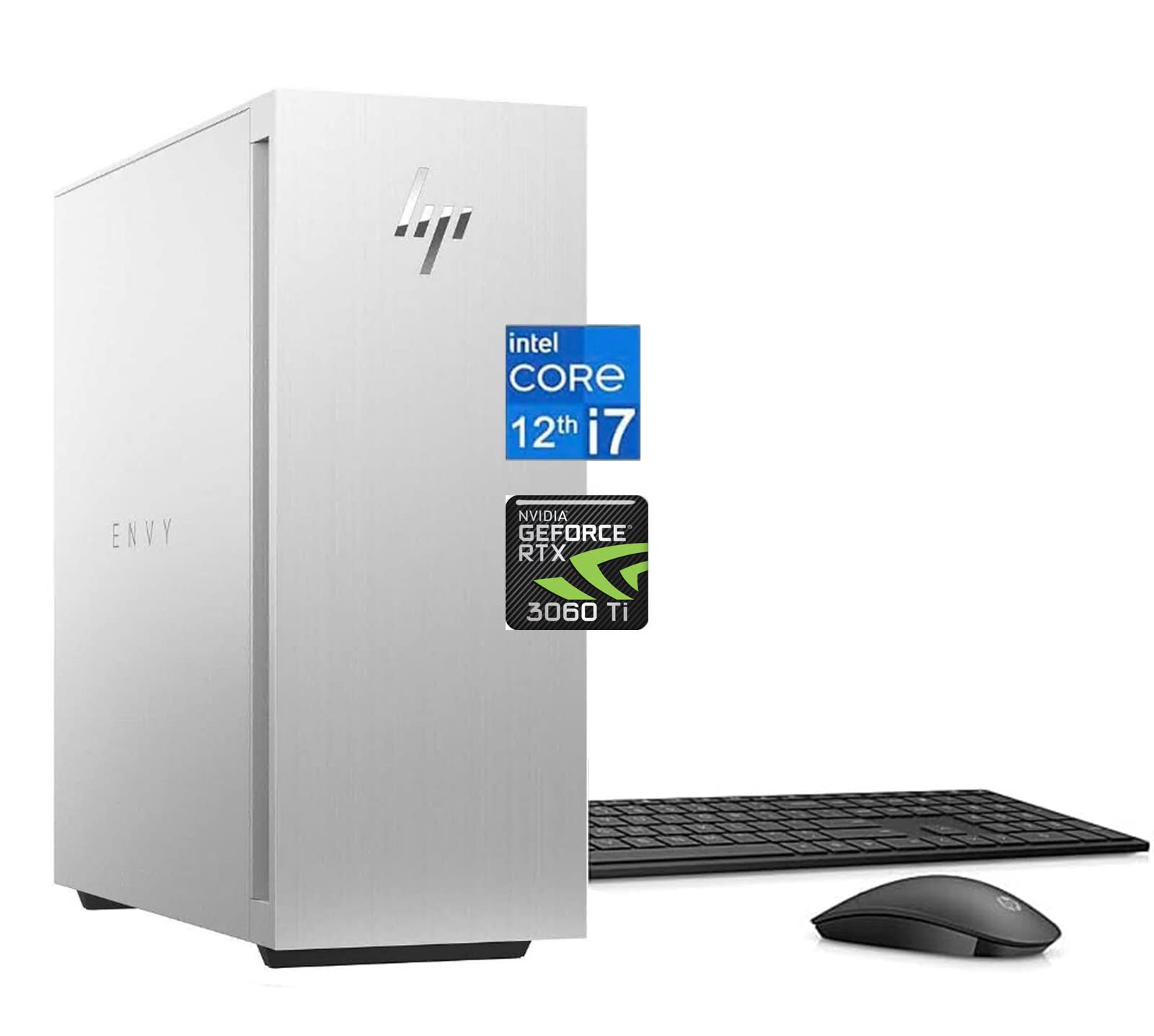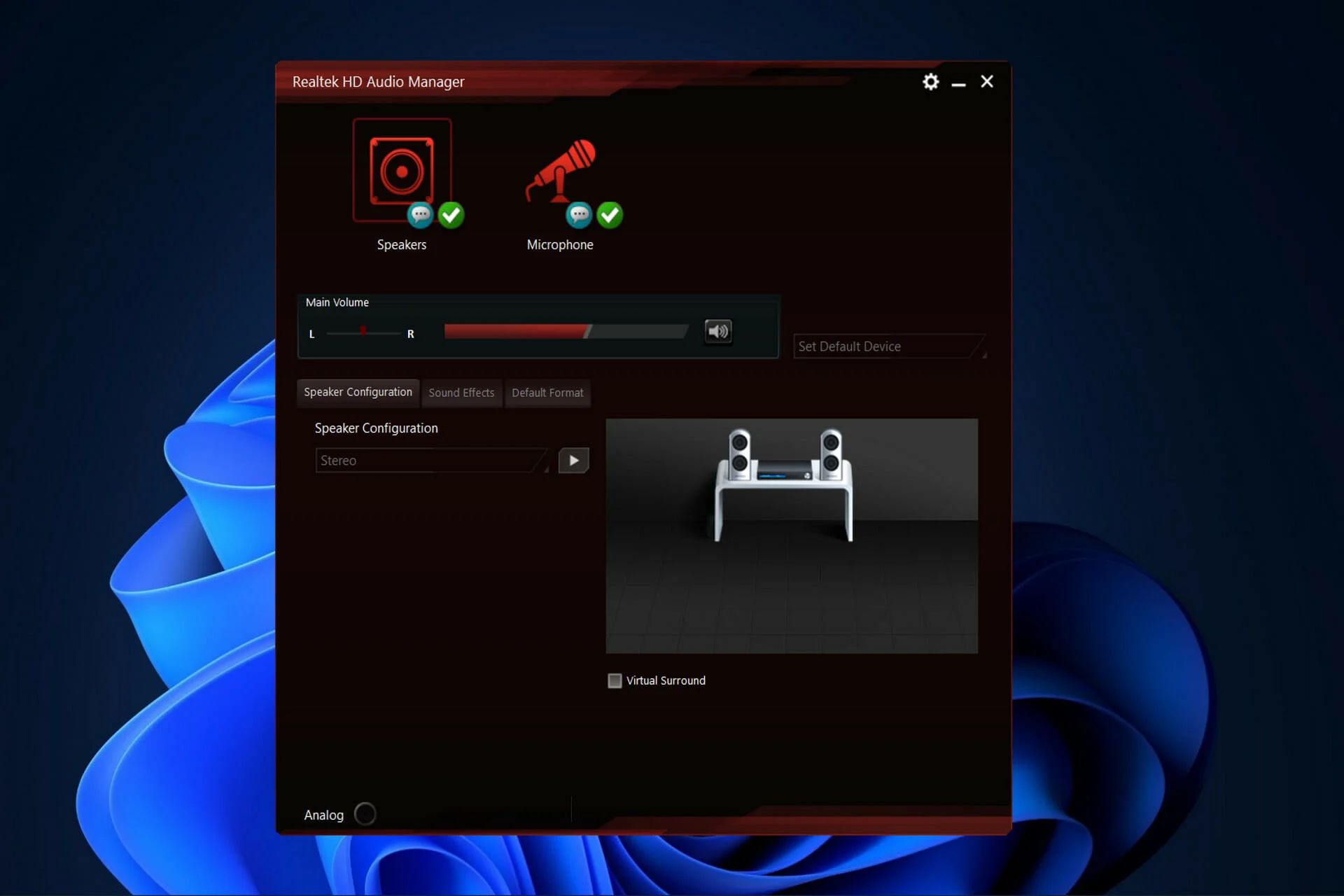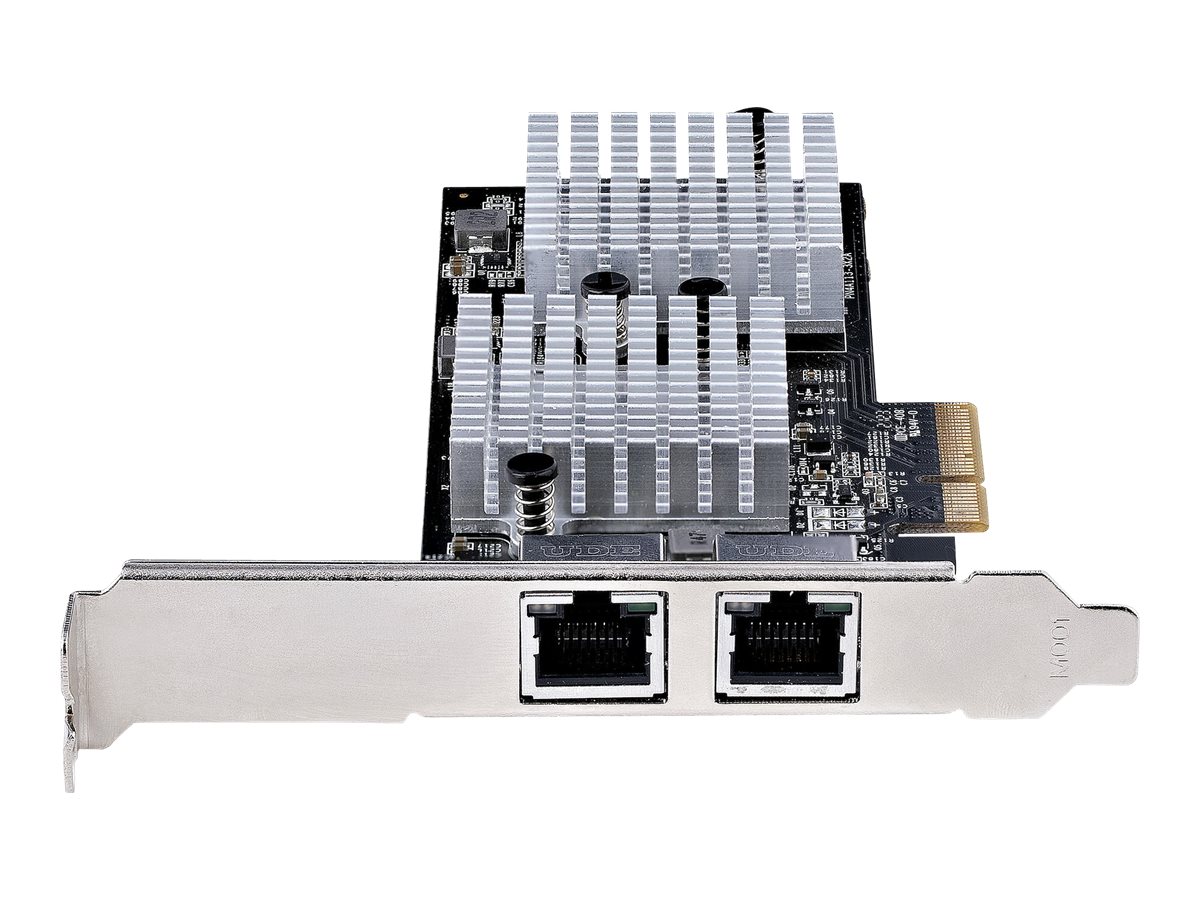Introduction
Realtek is a prominent name in the world of audio technology, particularly known for its high-quality audio chips and drivers. When it comes to gaming headsets, the Realtek audio system plays a crucial role in delivering immersive sound experiences. Whether you are a casual gamer, a professional streamer, or an avid music enthusiast, the Realtek audio system can significantly impact your overall audio quality.
Understanding how to optimize Realtek for your gaming headset is essential for maximizing your audio experience. Realtek's audio drivers, software, and hardware play a pivotal role in ensuring that your gaming headset functions seamlessly, providing crystal-clear sound and immersive audio effects. By delving into the intricacies of Realtek and its compatibility with gaming headsets, you can unlock the full potential of your audio setup and elevate your gaming and entertainment experiences to new heights.
In this article, we will explore the significance of Realtek in the context of gaming headsets, shedding light on the role of Realtek audio drivers, common issues that users encounter, and effective troubleshooting methods. By the end of this guide, you will have a comprehensive understanding of how to leverage Realtek to optimize your gaming headset's performance, address potential audio issues, and immerse yourself in a captivating audio environment. Let's embark on a journey to uncover the nuances of Realtek and its impact on gaming headset functionality.
What is Realtek?
Realtek Semiconductor Corp. is a renowned Taiwanese company that specializes in the design and manufacture of a wide range of integrated circuits, including audio hardware components and network equipment. Established in 1987, Realtek has emerged as a key player in the semiconductor industry, gaining widespread recognition for its innovative audio solutions and networking technologies.
Realtek’s core focus lies in the development of high-performance audio codecs, which are instrumental in delivering exceptional sound quality across various devices, including gaming headsets, sound cards, motherboards, and other multimedia peripherals. The company’s audio codecs are designed to support a diverse array of audio formats, encompassing stereo, surround sound, and high-definition audio standards, thereby catering to the diverse needs of consumers and professionals alike.
Realtek’s audio solutions are characterized by their advanced signal processing capabilities, low power consumption, and compatibility with a broad spectrum of operating systems, making them a preferred choice for OEMs, system integrators, and end-users seeking reliable and feature-rich audio solutions. The integration of Realtek audio components in gaming headsets enables users to experience immersive spatial audio, precise positional cues, and rich, detailed soundscapes, enhancing the overall gaming and entertainment experience.
Moreover, Realtek’s commitment to innovation is evident in its continuous development of audio drivers, software utilities, and audio enhancement technologies, aimed at optimizing audio performance, minimizing latency, and mitigating potential audio issues. This steadfast dedication to audio excellence has solidified Realtek’s position as a leading provider of audio solutions, with its products being integral to the audio ecosystem of modern computing and entertainment devices.
As a key player in the audio industry, Realtek remains at the forefront of audio innovation, consistently refining its audio technologies to meet the evolving demands of consumers, content creators, and gaming enthusiasts. The company’s unwavering pursuit of audio excellence underscores its pivotal role in shaping the audio landscape and enriching the auditory experiences of users worldwide.
Realtek Audio Drivers
Realtek audio drivers are pivotal components that facilitate the seamless operation of audio hardware, ensuring that audio signals are processed, converted, and delivered with utmost precision and fidelity. These drivers serve as the communication bridge between the operating system and the Realtek audio hardware, enabling the translation of digital audio data into analog signals and vice versa, thereby enabling the generation of high-quality sound output.
One of the key strengths of Realtek audio drivers lies in their compatibility with a wide array of audio formats and standards, encompassing stereo, surround sound, and high-definition audio configurations. This versatility allows users to enjoy immersive audio experiences, whether they are gaming, watching movies, or listening to music, as the drivers are adept at handling diverse audio content with exceptional clarity and spatial accuracy.
Furthermore, Realtek audio drivers are equipped with advanced signal processing algorithms and audio enhancement technologies, which contribute to the refinement of audio output, the suppression of background noise, and the optimization of audio playback for different usage scenarios. These features are particularly beneficial for gaming headsets, as they can elevate the auditory ambiance, heighten positional audio cues, and amplify the overall immersion within gaming environments.
Realtek’s commitment to continuous driver updates and optimizations ensures that users can benefit from the latest advancements in audio technology, including improved driver stability, enhanced compatibility with gaming peripherals, and the integration of new audio features. This proactive approach to driver development underscores Realtek’s dedication to delivering reliable, high-performance audio solutions that cater to the evolving needs of users across various platforms and applications.
When it comes to gaming headsets, the seamless integration of Realtek audio drivers is instrumental in harnessing the full potential of the headset’s audio capabilities, enabling users to experience lifelike soundscapes, precise audio positioning, and immersive spatial effects. By leveraging Realtek audio drivers, gaming enthusiasts can immerse themselves in captivating audio environments, gaining a competitive edge in gameplay and enjoying a heightened sense of audio realism.
Common Issues with Realtek
While Realtek audio technology is renowned for its exceptional performance and versatility, users may encounter common issues that can impact their audio experiences, particularly when using gaming headsets. Understanding these issues and their potential causes is crucial for effectively troubleshooting and resolving audio-related problems, thereby ensuring an optimal gaming and entertainment environment.
- Driver Compatibility: Incompatibility between Realtek audio drivers and the operating system or gaming headset can lead to audio playback issues, distorted sound, or the inability to utilize specific audio features. Ensuring that the drivers are up to date and compatible with the hardware and software environment is essential for addressing this issue.
- Audio Distortion: Users may encounter audio distortion, crackling, or popping sounds, especially during intense gaming sessions or when using demanding audio applications. This can be attributed to inadequate system resources, outdated drivers, or improper audio settings, necessitating a thorough examination of the system’s audio configuration and performance optimization.
- Mic Detection Problems: Gaming headsets with integrated microphones may experience issues with mic detection or inconsistent microphone performance when connected to Realtek audio systems. This can hinder voice communication during gaming sessions or online calls, prompting users to troubleshoot the microphone settings and ensure proper hardware connectivity.
- Audio Playback Delays: Latency issues, characterized by audio playback delays or synchronization discrepancies, can detract from the immersive audio experience, particularly in fast-paced gaming scenarios where real-time audio feedback is crucial. Addressing latency issues involves optimizing audio settings, prioritizing audio processing, and minimizing system overhead.
- Surround Sound Configuration: Configuring surround sound settings for gaming headsets equipped with Realtek audio systems can be challenging, leading to suboptimal spatial audio effects or inconsistent channel mapping. Users may need to recalibrate the surround sound settings, adjust audio channels, and verify compatibility with gaming applications to ensure an accurate and enveloping audio environment.
By recognizing these common issues and their underlying causes, users can take proactive measures to troubleshoot audio-related problems, optimize their Realtek audio systems, and enhance the overall performance of their gaming headsets. Addressing these issues empowers users to fully leverage the capabilities of their gaming headsets, immerse themselves in captivating audio experiences, and elevate their gaming and entertainment endeavors.
Troubleshooting Realtek Audio Issues
Effectively troubleshooting audio issues related to Realtek hardware and drivers is essential for ensuring a seamless and immersive audio experience, especially when using gaming headsets. By employing targeted troubleshooting strategies, users can identify and resolve common audio problems, optimize audio settings, and unleash the full potential of their gaming headsets within the Realtek audio environment.
Driver Updates and Compatibility Checks: Begin by checking for the latest Realtek audio drivers compatible with your operating system. Ensure that the drivers are up to date and compatible with your gaming headset, as outdated or incompatible drivers can lead to audio playback issues and functionality limitations.
Audio Settings Configuration: Access the audio settings within the Realtek control panel or audio management software. Verify that the audio output and input configurations align with the specifications of your gaming headset, including the correct channel mapping, sample rates, and audio enhancements. Adjust these settings to optimize audio playback and microphone performance.
System Resource Allocation: In cases of audio distortion or playback delays, assess the system’s resource allocation to prioritize audio processing. Close unnecessary background applications, allocate sufficient system resources to audio-related tasks, and consider optimizing the system’s power management settings to ensure consistent audio performance.
Microphone Troubleshooting: If encountering microphone detection issues or inconsistent microphone performance, inspect the microphone settings within the Realtek control panel or audio software. Ensure that the microphone input is properly configured, free from obstructions, and designated as the default recording device for seamless voice communication.
Latency Optimization: Address audio playback delays and synchronization discrepancies by optimizing the system’s audio latency settings. Adjust buffer sizes, prioritize audio processing over other tasks, and consider employing third-party latency reduction tools to minimize audio lag and enhance real-time audio feedback.
Surround Sound Calibration: Calibrate the surround sound settings within the Realtek control panel or audio management software to align with the spatial audio capabilities of your gaming headset. Verify the accuracy of channel mapping, adjust spatial audio effects, and test the surround sound configuration within gaming applications to ensure an enveloping and accurate audio environment.
By systematically troubleshooting Realtek audio issues and implementing targeted solutions, users can overcome common audio challenges, optimize their gaming headset’s performance within the Realtek audio ecosystem, and immerse themselves in captivating audio experiences. Proactive troubleshooting not only enhances audio quality but also elevates the overall gaming and entertainment endeavors, fostering a more immersive and engaging auditory environment.
Conclusion
Realtek’s pervasive influence in the realm of audio technology extends to the realm of gaming headsets, where its audio drivers and hardware components play a pivotal role in delivering immersive audio experiences. By delving into the intricacies of Realtek and its compatibility with gaming headsets, users can unlock the full potential of their audio setups, ensuring crystal-clear sound and immersive audio effects.
Understanding the significance of Realtek audio drivers, the common issues that users may encounter, and effective troubleshooting methods is essential for optimizing the performance of gaming headsets within the Realtek audio ecosystem. By addressing driver compatibility, audio distortion, microphone detection problems, audio playback delays, and surround sound configuration challenges, users can overcome common audio issues and harness the full capabilities of their gaming headsets.
Proactive troubleshooting empowers users to fully leverage the capabilities of their gaming headsets, immerse themselves in captivating audio experiences, and elevate their gaming and entertainment endeavors. Realtek’s commitment to innovation and audio excellence underscores its pivotal role in shaping the audio landscape and enriching the auditory experiences of users worldwide.
As users continue to explore the realms of gaming, content creation, and multimedia consumption, the seamless integration of Realtek audio technology with gaming headsets will remain instrumental in delivering lifelike soundscapes, precise audio positioning, and immersive spatial effects. By embracing the nuances of Realtek and optimizing its compatibility with gaming headsets, users can embark on a sensory journey, where every auditory detail is brought to life with unparalleled clarity and realism.
Ultimately, the fusion of Realtek’s audio prowess with the immersive capabilities of gaming headsets paves the way for unparalleled audio experiences, transforming gaming, entertainment, and multimedia consumption into captivating sensory adventures. As technology continues to evolve, Realtek remains at the forefront of audio innovation, shaping the future of audio experiences and enriching the lives of users through its unwavering dedication to audio excellence.







